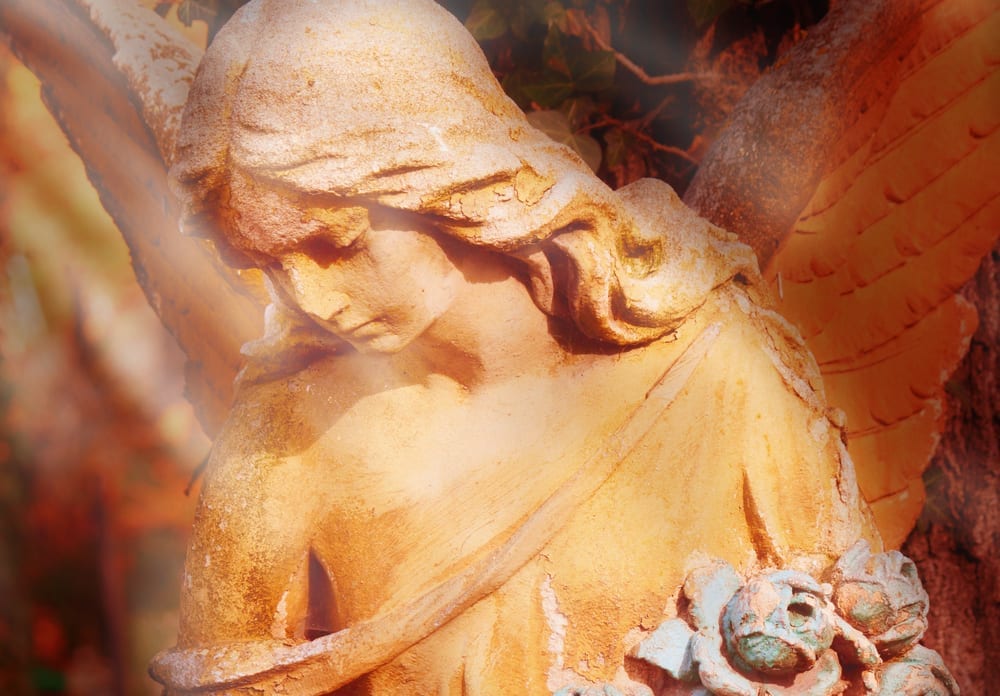

The dream is a telling of the life we are meant to live, of a destiny awaiting our arrival, and of a union with something far greater than we could have ever imagined. So too, the dream tells us when we arrived at some dead end roads, of those fits and starts that silence the call of Self, and confining us to an outdated and undeveloped life.

The dream is iconographic, speaking in a language replete with symbols, images and metaphors. In the dream, there are images of the ascent, the journey, the arrival at some new place, and of a high price to be paid for something of value, and so too, images of the descent, the need to end a particular relationship and way of life, and at times, of paying far too much for something of little value. Jung understood the power of symbols and that image and story captivates and brings us to full attention and into relationship with the archetypal. As the tribes sat around the fire listening with rapt attention to the elders’ stories about life, love, and destiny, we too are called to a relationship with these archetypal journeys through a relationship to our dreams.
And then there is the beauty and at times tortured nature of the human condition. While we strive to soar with angels, and listen to the wisdom of the archaic soul, so too there is the presence of our inner complexes and demons. These often persuade us to contort these et

ernal and archetypal dream images and messages to fit the contours of our personal biases, intentions and the familiar. In viewing the dream through the lens of our personal complex, we miss the innate and inherent archetypal story contained within it, and unfortunately continue to circumambulate around the familiar, thus missing what is truly unique, and living outside of our awareness. The sacred, mysterious and healing experiences do not occur through the lens of the personal. Instead they ask us to temporarily put aside our biases and subjective reactions to be fully open and receptive to the contents of the Self. It was the work of Jung, M.L. von Franz, Barbara Hannah and the early Jungians, and the work of Hillman and Marion Woodman who sought ways to welcome the Psyche into their life, and found in the dream image, an expression of the Self. They understood the need to get into the skin of the image itself, and to understand the unique and specific nature of the archetypal field expressed by this image. These early pioneers of psyche spent many years studying images, fairytales, alchemy and religion as a way to understand the language and contents of The Self because they understood that while the dream affects us personally, its source is trans-personal.

Michael Conforti
Dr. Michael Conforti is a Jungian analyst and the Founder and Director of The Assisi Institute. He has been a faculty member at the C.G. Jung Institute - Boston, the C.G Jung Foundation of New York.
More Posts by Michael Conforti